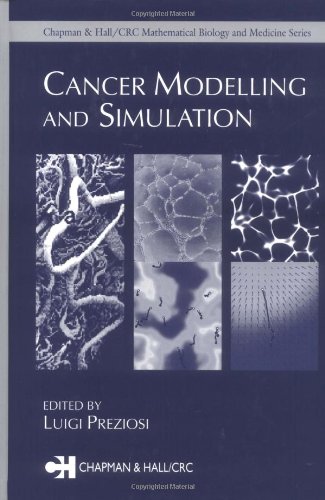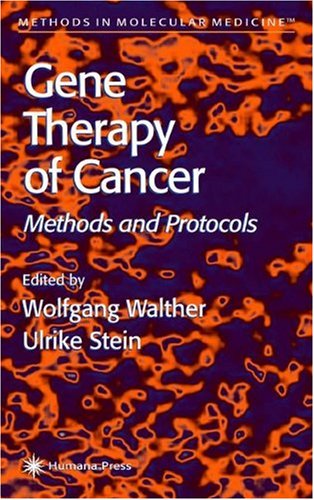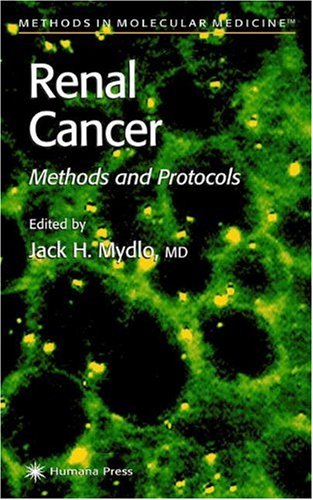Rachel Airley9780470092545, 0470092548, 9780470092552, 0470092556
Key Features: Incorporates numerous diagrams, tables and illustrations to aid understanding. Examines key pharmacological and pharmaceutical issues such as dosing, toxicity and preparation of anti-cancer drugs. Includes a key chapter of practice essay questions to ease revision. Comprehensive coverage of drugs currently in pre-clinical and clinical development. An indispensable text for undergraduate students studying pharmacy and medicine as well as those doing courses such as molecular biology, biomedical sciences and pharmacology which cover aspects of oncology.
Table of contents :
asd_f!_u*_C@_k#_smirk&Avaxhome……Page 1
Contents……Page 6
Preface……Page 10
1.1 Cancer incidence, prevalence and mortality……Page 12
1.2 Childhood cancers……Page 14
1.3 Global epidemiology……Page 17
2.2 Malignant, benign and normal (non-malignant) tissue……Page 22
2.3 Cell death……Page 23
3.2 Chemical carcinogenesis……Page 30
4.1 Introduction……Page 33
4.2 Oncogenesis……Page 35
4.3 Tumour suppressor genes……Page 40
5.2 Detachment and migration from the primary tumour……Page 46
5.3 Intravasation……Page 47
5.4 Transport……Page 51
5.5 Extravasation……Page 52
5.6 Growth of the metastatic tumour mass……Page 54
6.2 Pathology……Page 58
6.3 Radiology……Page 59
6.4 Role of the surgical oncologist……Page 60
6.5 Oncology pharmacy……Page 61
6.6 Oncology nursing……Page 62
6.7 The NHS Cancer Plan……Page 63
7.2 Timing of chemotherapy……Page 64
7.4 Clinical assessment of biomarkers……Page 68
7.5 Pharmacogenetics and pharmacogenomics of cancer chemotherapy……Page 73
8.2 Alkylating agents……Page 75
8.3 Antimetabolites……Page 79
8.4 Agents derived from natural or semisynthetic products……Page 85
8.5 Hormonal anticancer agents……Page 114
8.6 Clinically used chemotherapy regimens……Page 119
9.1 Introduction……Page 124
9.2 Structure of cancer research organizations in the United Kingdom……Page 125
9.3 Cancer research in the United States……Page 127
10.2 Target validation……Page 131
10.3 Identification and optimization of lead drugs……Page 152
10.4 Preclinical pharmacology……Page 154
11.1 Introduction……Page 172
11.2 Evaluation of treatment response……Page 174
11.3 Assessment of vascularity and angiogenesis by nuclear medicine technology……Page 178
12.1 Introduction……Page 181
12.2 Bioreductive drugs……Page 185
12.3 Inhibitors of HIF-1 and HIF-1-regulated genes……Page 191
13.1 History of angiogenesis as a therapeutic target……Page 203
13.2 Anti-angiogenic drug targets……Page 206
13.3 The return of thalidomide……Page 213
13.4 Monoclonal antibodies as anti-angiogenic agents……Page 216
13.5 The hollow fibre assay as a drug screen for anti-angiogenic drugs……Page 217
13.6 Vascular disrupting agents……Page 219
14.1 Introduction……Page 221
14.2 Tyrosine kinase inhibitors targeting angiogenesis……Page 223
14.3 Non-receptor tyrosine kinase inhibitors……Page 225
15 Ras inhibitors……Page 228
16 Inhibitors of the Akt/PKB pathway……Page 232
17 Targeting stress proteins: HSP90 inhibitors……Page 235
18.1 Introduction……Page 239
18.2 The proteasome as a target for novel drug strategies……Page 241
18.3 Ubiquitylation as a target……Page 242
19.1 Mammalian target of rapamycin……Page 246
19.2 Structure and activation of mTOR……Page 247
19.3 Novel anticancer agents targeting mTOR……Page 249
20 Telomerase……Page 250
21.2 HDAC and DNA packaging……Page 256
21.3 HDAC inhibitors……Page 262
22.1 Manifestation of toxicity……Page 265
22.2 Regimen-related toxicity……Page 269
22.3 Secondary malignancies……Page 270
22.4 Drug resistance……Page 271
22.5 Pharmaceutical complications……Page 274
22.8 National guidance on the safe administration of intrathecal chemotherapy……Page 279
23 Oncology pharmacy at home and abroad……Page 281
24 Practice exam questions……Page 283
25 Bibliography and further reading……Page 299
Index……Page 331
Col. plates……Page 342







Reviews
There are no reviews yet.